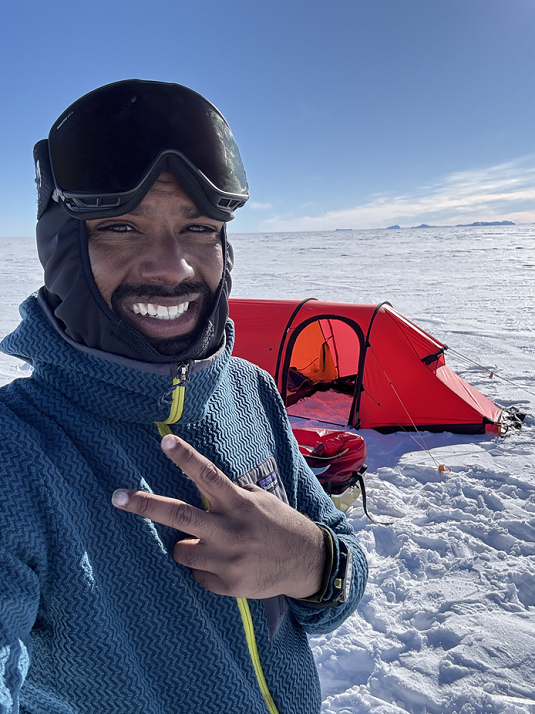Satish Gogineni’s journey from marathons to the world’s harshest terrains reflects more than physical endurance—it embodies resilience, healing, and purpose. After personal loss, he transformed grief into strength, channelling his expeditions into advocacy for mental health. His South Pole challenge under “Project Spandana” stands as a symbol of courage and awareness.
What inspired you to take up endurance expeditions?
Endurance sports began as a personal refuge. After my mother’s death in 2011, running became my way to process grief—a space to breathe when everything felt heavy. But I craved a deeper challenge. A 2013 climb up Mt. Whitney with a friend pulled me into mountaineering. What started as painful became empowering, showing me that discomfort is often the gateway to growth. That path led me from marathons to summiting Everest and Lhotse within 20 hours in 2022—making me the fastest Indian to do so. Each expedition became a way to heal and test my mental resilience.
Why did you choose the South Pole challenge?
Reading about explorer Preet Chandi’s Antarctic journey lit a fire in me. Skiing solo and unsupported to the South Pole represented the ultimate test—not just of endurance, but of self. I saw an opportunity to connect this physical feat with a bigger purpose: advocating for mental health, especially after losing both my mother and cousin to suicide.
How did you prepare for this journey?
I began with a 2-week polar training in Baffin Island (February 2024), followed by a 600km unsupported crossing of Greenland in 29 days (May 2024)—essential for physical and mental conditioning for Antarctica. Building on my endurance base of 40–50 miles weekly, I focused on strengthening quadriceps, knees, and hamstrings through physical therapy, high-intensity interval training, strength workouts, and dragging tires on varied terrain to mimic sled resistance.
To read the full article, please log on to the link below:
https://www.magzter.com/IN/SANBROS-MEDIA/Urban-Melange/Fashion/All-Issues

